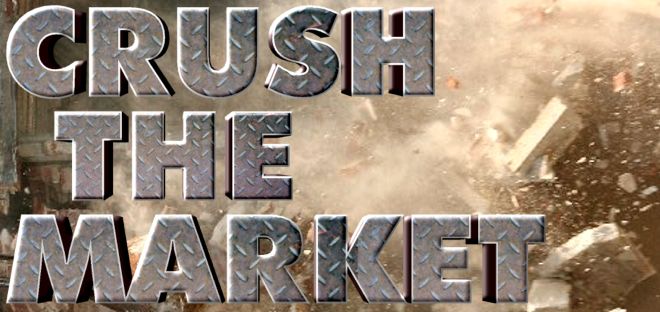 Portfolio123
Portfolio123 is a platform for developing and executing quantitative stock strategies.
From their website:
"Portfolio123's breakthrough platform allows you to create, backtest and put into production your quantitative strategies."One of the characteristics that helps Portfolio123 rise above other screening programs is the ability to rank stocks. Ranking is a better way to pick stocks than screening.
Today, we are going to feature a model portfolio strategy called "
GARP $100K " Here's the description from their website:
This strategy finds GARP (Growth At a Reasonable Price) stocks with SmallCap concentration. It holds aproximately 20 stocks, has a relatively low yearly turnover of around 150%, and is liquid for investment amounts of $100K and more.The top ranked stocks are picked based on a ranking system that combines several factors, such as: technical, valuation, earnings quality, and industry leadership. The highest ranking stocks must also pass these conditions:- Have low PEG (Price to Earnings Growth)- Pass liquidity tests- Market cap between $50M and $1B- Sector does not exceed 20% of total- Have low correlation with other holdingsRebalancing is done weekly: if a stock's rank drops below a certain threshold or if the market cap exceeds $2B it is replaced by a higher ranked stock.
This model returns an average of 32% per year with a max drawdown of 28%, which
crushes the market quite easily. Details of the results of the model are shown
here.





